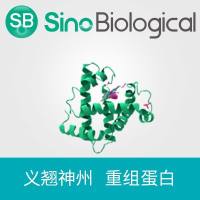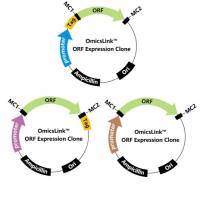Insight into the normal and abnormal function of an interphase nucleus can be revealed by using fluorescence in situ hybridization (FISH) to determine chromosome copy number and/or the nuclear position of loci or chromosome territories. FISH has been used extensively in studies of mouse and human early embryos, however, translation of such methods to domestic species have been hindered by the presence of high levels of intracytoplasmic lipid in these embryos which can impede the efficiency of FISH. This chapter describes in detail a FISH protocol for overcoming this problem. Following extensive technical development, the protocol was derived and optimized for IVF porcine embryos to enable investigation of whole chromosome and subchromosomal regions by FISH during these early stages of development. Porcine embryos can be generated in-vitro using semen samples from commercial companies and oocytes retrieved from discarded abattoir material. According to our method, porcine embryos are lyzed and immobilized on slides using Hydrochloric acid and “Tween 20” detergent, prior to pretreatment with RNase A and pepsin before FISH. The method described has been optimized for subsequent analysis of FISH in two dimensions since organic solvents, which are necessary to remove the lipid, have the effect of flattening the nuclear structure. The work in this chapter has focussed on the pig; however, such methods could be applied to bovine, ovine, and canine embryos, all of which are rich in lipid.






